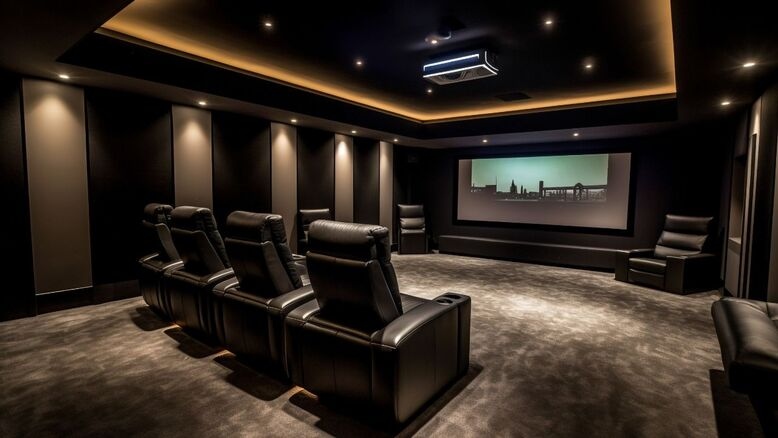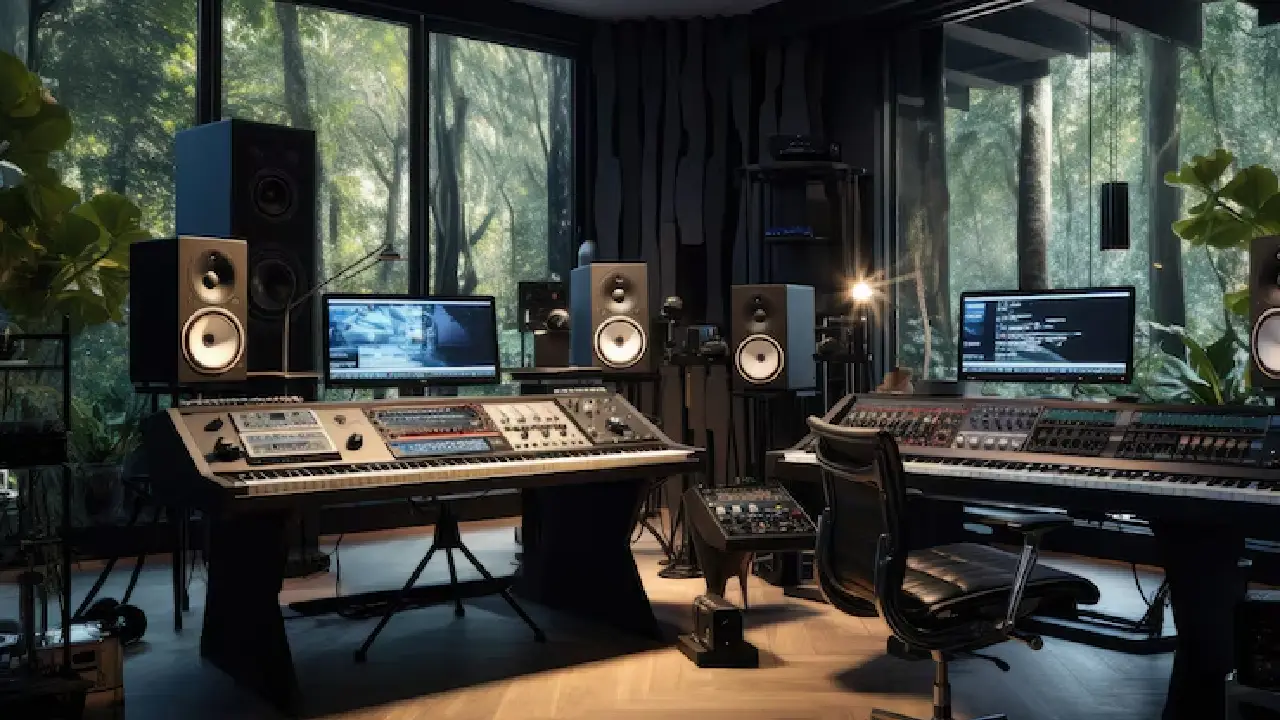Audio-Visual Receivers (AVRs) are the central hub of any modern sound system, whether it’s for a home theater, a music room, or a commercial setup. Acting as the command center, an AVR receives audio and video signals from various sources and routes them to speakers and display units. Choosing the right AVR depends on your needs, the environment, and the system you plan to build around it.
In this blog, we’ll break down the different types of AVRs available in the market, their features, and where each type fits best. Whether you’re setting up a home entertainment space or equipping a professional environment, understanding the types of AVRs can help you make the right investment.
1. Stereo AV Receivers (2.0 Channel)
Best For: Music listening, simple two-speaker setups
Stereo AVRs are designed for high-quality music playback and are ideal for users who want a clean, powerful 2-channel (left and right) sound system. They’re great for purists who value audio quality over surround sound.
Key Features:
- 2 audio channels (left and right)
- Multiple analog and digital audio inputs
- Basic EQ and tone control
- Affordable and easy to use
Use Cases:
- Music rooms
- Offices or personal workspaces
- Small showrooms and boutique stores
2. Surround Sound AV Receivers (5.1 & 7.1 Channel)
Best For: Home theaters, gaming rooms, living rooms
These AVRs support surround sound formats and are ideal for creating immersive home theater experiences. A 5.1 system includes five speakers and one subwoofer, while a 7.1 adds two more surround speakers for enhanced depth.
Key Features:
- Multiple HDMI inputs and outputs
- Support for Dolby Digital, DTS, and sometimes Dolby Atmos
- On-screen setup interface
- Video upscaling and switching
- Room calibration tools
Use Cases:
- Home cinemas
- Entertainment rooms
- Gaming setups
3. Network AV Receivers (Wi-Fi/Streaming Enabled)
Best For: Smart homes, multi-room audio, streaming enthusiasts
Network AVRs come with built-in Wi-Fi or Ethernet connectivity, allowing users to stream music directly from platforms like Spotify, Apple Music, or local servers. Many also support AirPlay, Chromecast, and Bluetooth.
Key Features:
- Wireless streaming via Wi-Fi or Bluetooth
- Support for DLNA, AirPlay, and other streaming protocols
- Multi-room audio capability
- App-based control
Use Cases:
- Smart homes
- Cafés or restaurants with ambient music
- Retail showrooms with dynamic audio zones
4. Dolby Atmos & DTS:X AV Receivers (Object-Based Audio)
Best For: High-end home theaters, audiophile setups
Dolby Atmos and DTS:X AVRs support object-based audio formats that allow sound to move freely around the listener—including overhead. These AVRs typically support 5.1.2, 7.1.2, or even 9.2 configurations.
Key Features:
- Overhead speaker support (height channels)
- Advanced sound processing and decoding
- HDMI 2.1 and eARC support
- Future-ready for 4K/8K content
Use Cases:
- High-end home cinemas
- Demo rooms for AV professionals
- Music production spaces
5. AVRs with Zone Control (Multi-Zone Receivers)
Best For: Larger homes, commercial spaces, multi-room control
Multi-zone AVRs allow you to play different audio (and sometimes video) in different zones or rooms simultaneously. Ideal for those who want to control multiple listening areas from a single receiver.
Key Features:
- Two or more independent zones
- Separate volume control per zone
- Source switching across zones
- Integration with smart home systems
Use Cases:
- Villas or large residential properties
- Offices and conference halls
- Hospitality venues (hotels, banquet halls)
6. Commercial AV Receivers (PA & Distributed Audio Use)
Best For: Warehouses, factories, public spaces, hospitals
These AVRs are built for durability and scale. They’re often used as part of PA systems or background music systems in industrial or commercial setups.
Key Features:
- Support for 70V/100V speaker lines
- Rack-mount design
- Mic priority and paging features
- Integration with intercom or PA systems
Use Cases:
- Factories and warehouses
- Schools and hospitals
- Retail chains and public offices
How to Choose the Right AVR for Your Needs
Here are some quick questions to help you narrow down your options:
- Is it for home or commercial use?
Home users should consider surround or network AVRs, while commercial setups need durable, multi-zone or 70V systems. - Do you need video support (HDMI)?
Choose a surround or Dolby Atmos AVR with HDMI switching if video is part of the setup. - Do you want wireless features?
Opt for a network-enabled AVR for streaming and smart control. - How many speakers will you connect?
Match the channel output (e.g., 2.0, 5.1, 7.1.2) with your speaker setup. - What’s your budget?
Stereo and basic AVRs are more affordable, while Atmos-ready and multi-zone systems are higher-end.
Conclusion
Understanding the different types of AVRs helps you make smarter choices for your audio-visual setup—whether you’re building a home theater, setting up a music room, or managing audio across a commercial facility. From simple stereo units to advanced multi-zone network receivers, there’s an AVR tailored for every need.
Need help choosing the right AVR for your space?
Contact us at +919826089815 or visit www.audiocare.in – Our team will help you find and install the perfect system, whether for home, office, or industrial use.








